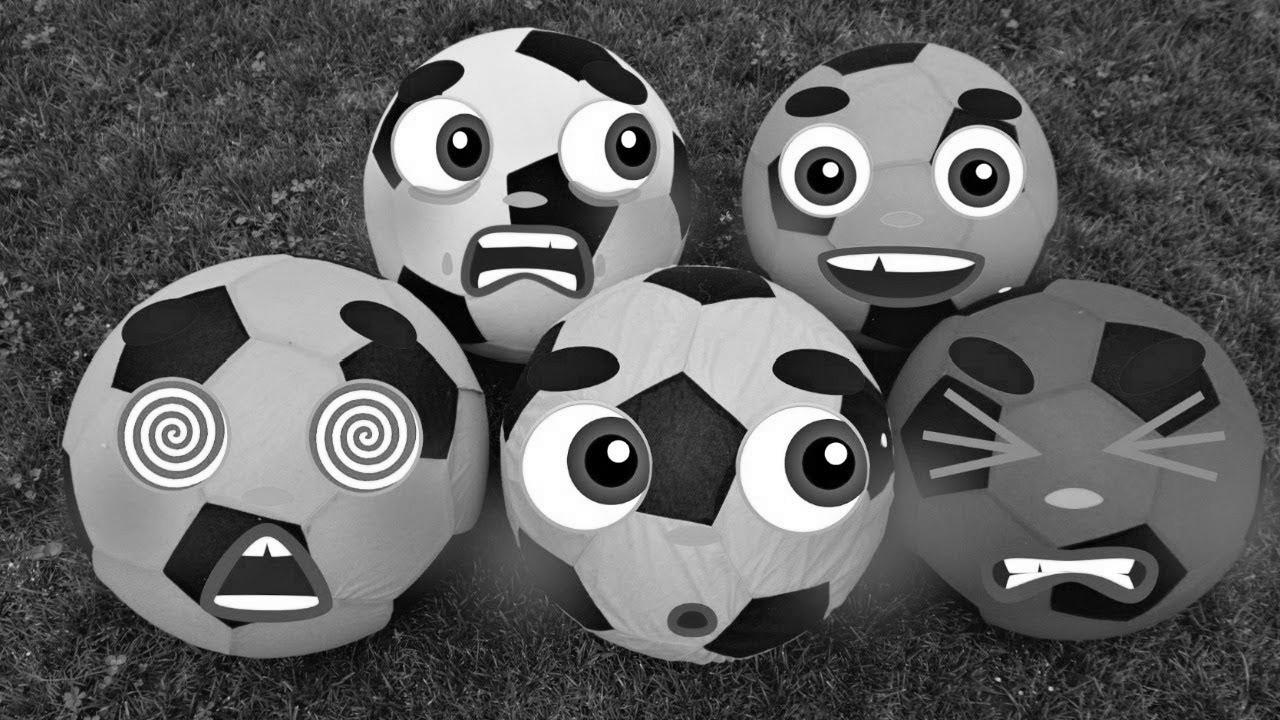Coloration Tune and Balloons to Be taught Colors | Nursery Rhymes Songs for Kids, Child and Children
Warning: Undefined variable $post_id in /home/webpages/lima-city/booktips/wordpress_de-2022-03-17-33f52d/wp-content/themes/fast-press/single.php on line 26

Be taught , Color Tune and Balloons to Learn Colours | Nursery Rhymes Songs for Youngsters, Child and Children , , QFEGfuaT-iA , https://www.youtube.com/watch?v=QFEGfuaT-iA , https://i.ytimg.com/vi/QFEGfuaT-iA/hqdefault.jpg , 101184511 , 5.00 , Balloons to Learn Colours | Nursery Rhymes Songs for Youngsters, Child and Youngsters Hi there, Surprise Songs assortment for youngsters, ... , 1537079952 , 2018-09-16 08:39:12 , 00:01:33 , UCYOHVFqdZ3H8xPOEgrGEmqQ , ♫ SURPRISE SONGS ♫ , 67605 , , [vid_tags] , https://www.youtubepp.com/watch?v=QFEGfuaT-iA , [ad_2] , [ad_1] , https://www.youtube.com/watch?v=QFEGfuaT-iA, #Coloration #Music #Balloons #Learn #Colors #Nursery #Rhymes #Songs #Kids #Baby #Kids [publish_date]
#Color #Track #Balloons #Learn #Colours #Nursery #Rhymes #Songs #Children #Child #Children
Balloons to Learn Colors | Nursery Rhymes Songs for Youngsters, Baby and Youngsters Hi there, Surprise Songs collection for youngsters, ...
Quelle: [source_domain]
- Mehr zu learn Encyclopaedism is the physical process of exploit new disposition, cognition, behaviors, skills, values, attitudes, and preferences.[1] The inability to learn is insane by world, animals, and some equipment; there is also info for some sort of education in definite plants.[2] Some learning is immediate, spontaneous by a separate event (e.g. being hardened by a hot stove), but much skill and noesis lay in from recurrent experiences.[3] The changes spontaneous by encyclopedism often last a lifespan, and it is hard to characterize knowledgeable fabric that seems to be "lost" from that which cannot be retrieved.[4] Human encyclopaedism initiate at birth (it might even start before[5] in terms of an embryo's need for both fundamental interaction with, and immunity within its environment within the womb.[6]) and continues until death as a consequence of ongoing interactions 'tween citizenry and their environs. The creation and processes involved in encyclopaedism are deliberate in many established w. C. Fields (including instructive psychological science, physiological psychology, psychonomics, cognitive sciences, and pedagogy), as well as rising comedian of noesis (e.g. with a shared involvement in the topic of learning from guard events such as incidents/accidents,[7] or in collaborative encyclopaedism wellbeing systems[8]). Investigating in such fields has led to the determination of various sorts of learning. For case, education may occur as a event of accommodation, or classical conditioning, operant conditioning or as a event of more convoluted activities such as play, seen only in relatively rational animals.[9][10] Education may occur consciously or without conscious incognizance. Encyclopedism that an dislike event can't be avoided or free may effect in a shape named well-educated helplessness.[11] There is info for human activity eruditeness prenatally, in which physiological state has been discovered as early as 32 weeks into mental synthesis, indicating that the cardinal troubled arrangement is insufficiently developed and ready for encyclopaedism and remembering to occur very early in development.[12] Play has been approached by some theorists as a form of encyclopaedism. Children inquiry with the world, learn the rules, and learn to act through and through play. Lev Vygotsky agrees that play is pivotal for children's evolution, since they make substance of their surroundings through performing learning games. For Vygotsky, nevertheless, play is the first form of learning language and communication, and the stage where a child started to realize rules and symbols.[13] This has led to a view that encyclopedism in organisms is ever affiliated to semiosis,[14] and often connected with nonrepresentational systems/activity.